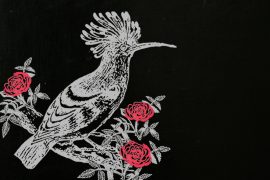Nearly 2,500 years ago, Herodotus wrote an account of the Persian empire that historians found hard to believe.
…There are Indians of another tribe, who border on the city of Caspatyrus, and the country of Pactyica; these people dwell northward of all the rest of the Indians, and follow nearly the same mode of life as the Bactrians. They are more warlike than any of the other tribes, and from them the men are sent forth who go to procure the gold… Here, in this desert, there live amid the sand great ants, in size somewhat less than dogs, but bigger than foxes. The Persian king has a number of them, which have been caught by the hunters in the land whereof we are speaking. Those ants make their dwellings under ground, and like the Greek ants, which they very much resemble in shape, throw up sand-heaps as they burrow. Now the sand which they throw up is full of gold.
The idea of ants the size of foxes digging up gold seemed too ludicrous for many, and Herodotus was often branded a liar for this account. But in the late 20th century, the ancient Greek observer was vindicated by an anthropologist named Michel Peissel.
Tracing the Minaro tribal people who live in the high valleys between India and Pakistan, Michel waited 14 years just to receive a visa to study the Pakistani side. A single rumour kept him going – that of villagers collecting earth from Himalayan Marmot burrows because it contained gold dust. When he managed to visit the Pakistani side, this account was corroborated.
Copyright©Madras Courier, All Rights Reserved. You may share using our article tools. Please don't cut articles from madrascourier.com and redistribute by email, post to the web, mobile phone or social media.Please send in your feed back and comments to [email protected]











